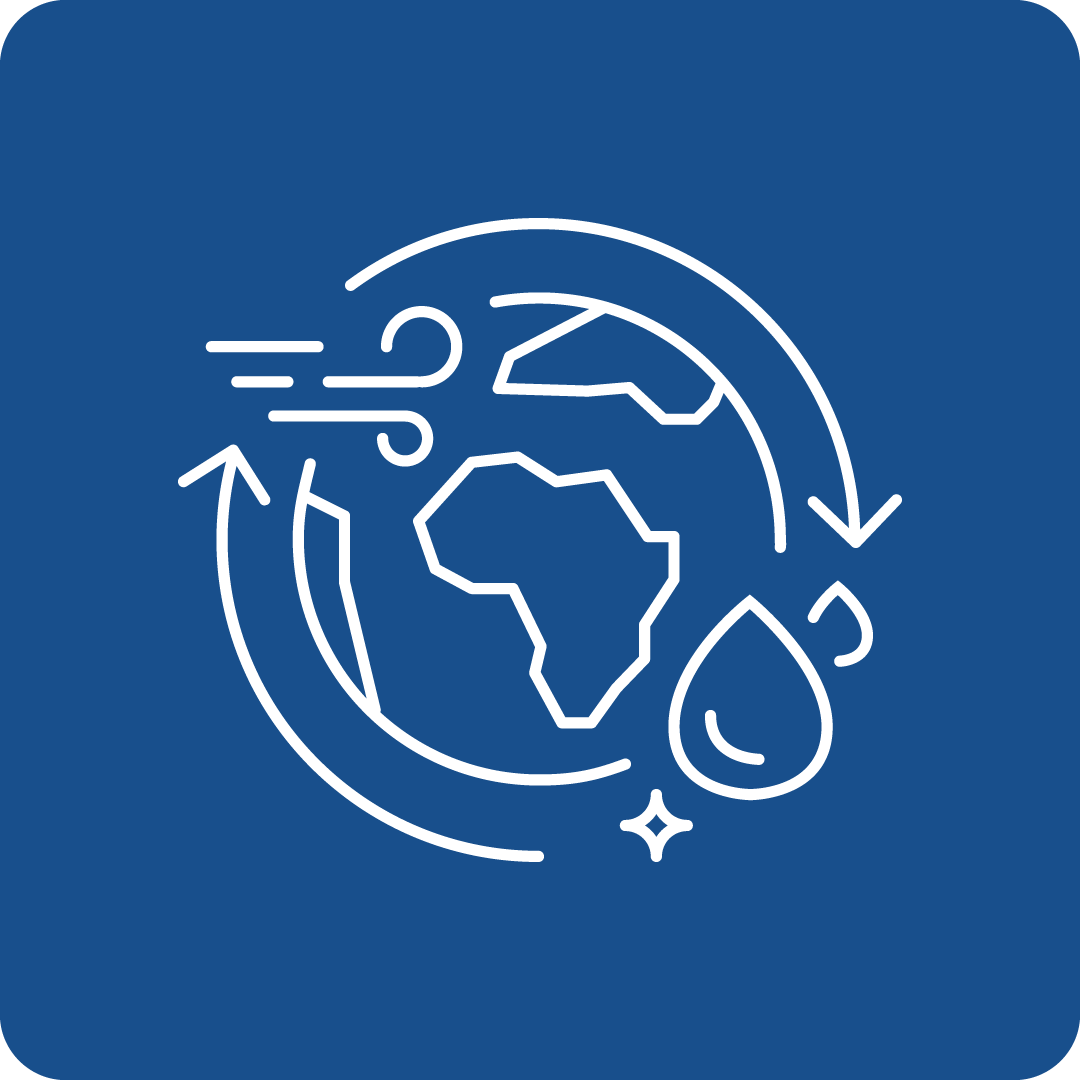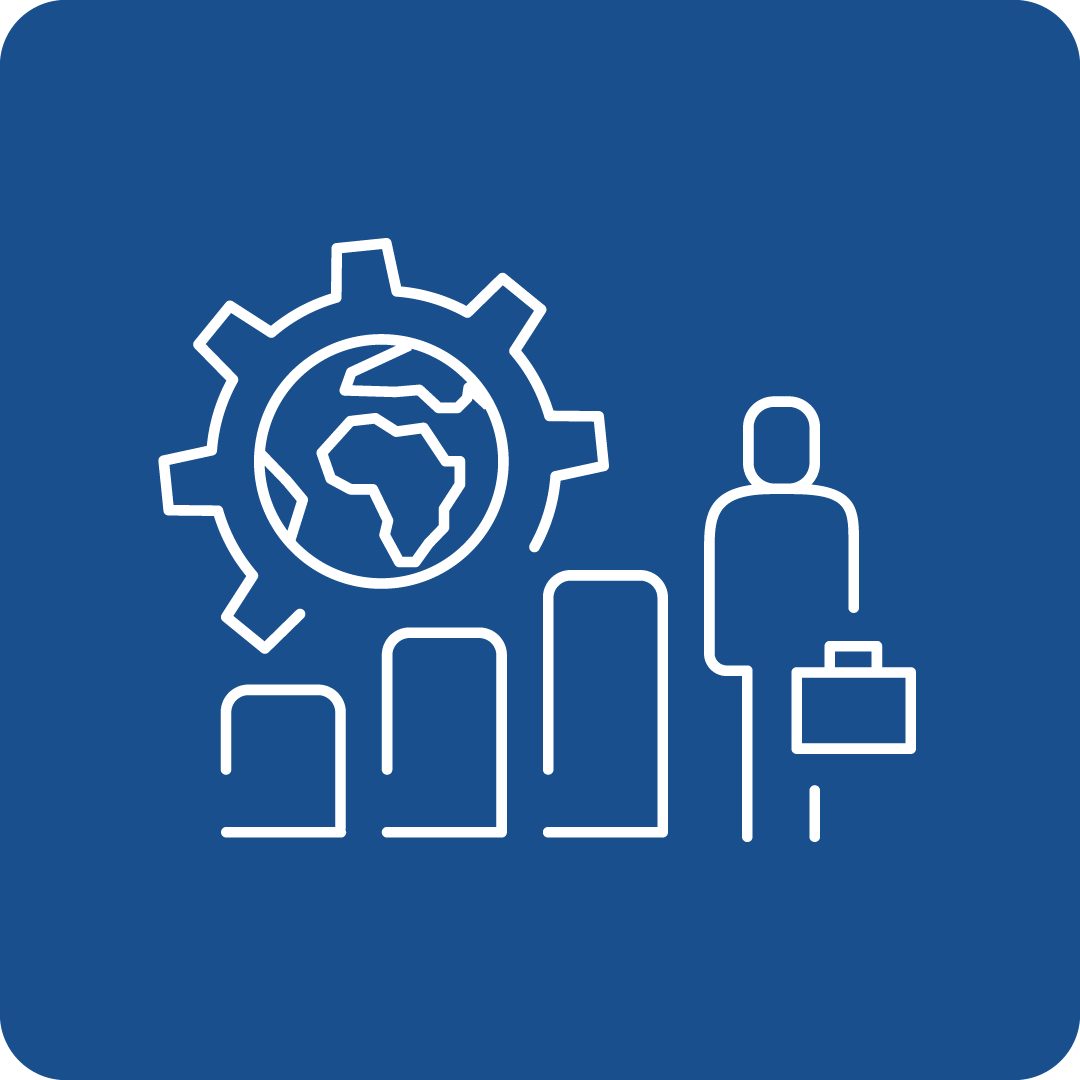Filter Search for grants
Call Navigation
Deadline expired
The deadline for this call has expired.
Call key data
Increasing the circularity in electronics value chains
Funding Program
Horizon Europe: Cluster 6 - Food, Bioeconomy, Natural Resources, Agriculture and Environment
Call number
HORIZON-CL6-2024-CircBio-02-3-two-stage
deadlines
Opening
17.10.2023
Deadline
22.02.2024 17:00
Funding rate
70% (NPO:100%)
Call budget
€ 10,000,000.00
Estimated EU contribution per project
€ 5,000,000.00
Link to the call
Link to the submission
Call content
short description
Proposals should demonstrate and deploy at large scale innovative solutions and designs for increased quality, non-toxicity and durability of secondary materials and increased share of secondary materials in new products.
Call objectives
The circular economy action plan (CEAP) highlights electronics including information and communications technology (ICT) equipment as one of the four particularly important material and product streams with regard to their circularity potential and their environmental footprint. The circularity deficits for these streams are mainly due to the: lack of trust in secondary raw materials; lack of control over supply chains; lacking focus on material efficiency and design for circularity; unsustainable product lifetimes; lack of repair services; price gap between primary and secondary material; lack of secondary material markets; insufficient collection and sorting systems; insufficient and unpredictable input quality for recycling; insufficient information about quality and quantity of materials, including knowledge about possible microplastics pollution and substances of concern, lack of communication along the lifecycle between manufacturers and recyclers; lack of involvement and empowerment of citizens that would allow environmentally informed purchases.
Proposals should address the priorities set in the CEAP, which states that “electrical and electronic equipment continues to be one of the fastest growing waste streams in the EU, with current annual growth rates of 2%. It is estimated that less than 40% of electronic waste is recycled in the EU. Value is lost when fully or partially functional products are discarded because they are not reparable.”
Proposals should demonstrate increased recovery, recycling and upcycling rates and a higher uptake of secondary materials for high value applications. Special attention should be given to the increased circularity of critical raw materials. Proposals should also demonstrate circular business practices, in particular in the uptake of repair and reuse, remanufacture, product-service-systems, and in the full lifetime of products or services. To achieve this, targeted market size, economic feasibility, cost efficiency and social acceptance need to be addressed. To break down the barriers for this transition, it is important that proposals involve and address the different perspectives of all relevant actors, e.g., manufacturers, retailers, consumers and civil society organisations (CSOs). The projects should consider the use of digital solutions (including technologies such as AI, robotics, IoT and blockchain) and demonstrate their benefits for increased circularity, also analysing and addressing possible trade-offs. Proposals should aim to implement traceability solutions in support of recent policy developments, e.g. regarding the digital product passport. Projects should also help produce harmonised and robust methods to assess the amount of recycled content in sectoral products, which is key for a future review of green claims through authorities and consumer organisations. Environmental, social and economic impacts should be assessed from a lifecycle perspective as product, organisation and consumption environmental footprints, using the respective methods developed by the European Commission (Product Environmental Footprint, PEF, should be used for the assessment of the environmental impacts) and through costing methods; relevant data should be fed into the European Platform on Life Cycle Assessment, following the specific Environmental Footprint data and format requirements. The functional performance of technologies and secondary materials can be assessed through the EU Environmental Technology Verification (ETV) scheme. All project results should be validated using quantitative indicators and targets wherever possible.
Projects should also develop training material to endow workers in this occupational group with the right skillset in order to deploy the new technologies developed. Proposals should consider the development of learning resources for the current and future generations of employees, with the possibility to integrate them in existing curricula and modules for undergraduate level and lifelong learning programmes. The projects should provide contributions to relevant standards or best practices.
Proposals should build on ongoing projects funded under Horizon 2020 and Horizon Europe and envisage clustering activities with these. Social innovation is recommended when the solution is at the socio-technical interface and requires social change, new social practices, social ownership or market uptake.
read more
Expected results
A successful proposal will contribute to the following Destination impacts: i) enhance European industrial sustainability, competitiveness and resource independence, and ii) improve on consumer and citizen benefits.
Proposal results are expected to contribute to all of the following outcomes:
- Increased deployment and demonstrated benefits of advanced digital solutions (e.g., through AI, robotics, IoT and blockchain) in circular businesses including waste management and recycling;
- Emergence of new value chains using upcycled and/or recycled resources;
- Increased upcycling and recycling rates for the targeted material streams;
- Increased uptake of recycled material and upcycling to new higher-value products;
- Increased resource efficiency along and across value chains, causing a measurable reduction in GHG emissions and other environmental pollution and an increase of carbon removals;
- Increased diffusion of new circular business practices, in particular in the uptake of repair, reuse and remanufacturing, but also practices that form part of the sharing economy.
read more
Eligibility Criteria
Regions / countries for funding
Moldova (Moldova), Albania (Shqipëria), Armenia (Հայաստան), Azerbaijan (Azərbaycan), Belarus (Беларусь), Bosnia and Herzegovina (Bosna i Hercegovina / Босна и Херцеговина), Faeroes (Føroyar / Færøerne), Georgia (საქართველო), Iceland (Ísland), Israel (ישראל / إِسْرَائِيل), Kosovo (Kosova/Kosovë / Косово), Montenegro (Црна Гора), Morocco (المغرب), New Zealand (Aotearoa), North Macedonia (Северна Македонија), Norway (Norge), Serbia (Srbija/Сpбија), Tunisia (تونس /Tūnis), Türkiye, Ukraine (Україна), United Kingdom
eligible entities
Education and training institution, International organization, Non-Profit Organisation (NPO) / Non-Governmental Organisation (NGO), Other, Private institution, incl. private company (private for profit), Public Body (national, regional and local; incl. EGTCs), Research Institution incl. University, Small and medium-sized enterprise (SME)
Mandatory partnership
Yes
Project Partnership
To be eligible for funding, applicants must be established in one of the following countries:
- the Member States of the European Union, including their outermost regions
- the Overseas Countries and Territories (OCTs) linked to the Member States
- third countries associated to Horizon Europe - see list of particpating countries
Only legal entities forming a consortium are eligible to participate in actions provided that the consortium includes, as beneficiaries, three legal entities independent from each other and each established in a different country as follows:
- at least one independent legal entity established in a Member State; and
- at least two other independent legal entities, each established in different Member States or Associated Countries.
Any legal entity, regardless of its place of establishment, including legal entities from non-associated third countries or international organisations (including international European research organisations) is eligible to participate (whether it is eligible for funding or not), provided that the conditions laid down in the Horizon Europe Regulation have been met, along with any other conditions laid down in the specific call topic.
A ‘legal entity’ means any natural or legal person created and recognised as such under national law, EU law or international law, which has legal personality and which may, acting in its own name, exercise rights and be subject to obligations, or an entity without legal personality.
Specific cases:
- Affiliated entities — Affiliated entities (i.e. entities with a legal or capital link to a beneficiary which participate in the action with similar rights and obligations to the beneficiaries, but which do not sign the grant agreement and therefore do not become beneficiaries themselves) are allowed, if they are eligible for participation and funding.
- Associated partners — Associated partners (i.e. entities which participate in the action without signing the grant agreement, and without the right to charge costs or claim contributions) are allowed, subject to any conditions regarding associated partners set out in the specific call conditions.
- Entities without legal personality — Entities which do not have legal personality under their national law may exceptionally participate, provided that their representatives have the capacity to undertake legal obligations on their behalf, and offer guarantees to protect the EU’s financial interests equivalent to those offered by legal persons.
- EU bodies — Legal entities created under EU law including decentralised agencies may be part of the consortium, unless provided for otherwise in their basic act.
- Joint Research Centre (‘JRC’)— Where provided for in the specific call conditions, applicants may include in their proposals the possible contribution of the JRC but the JRC will not participate in the preparation and submission of the proposal. Applicants will indicate the contribution that the JRC could bring to the project based on the scope of the topic text. After the evaluation process, the JRC and the consortium selected for funding may come to an agreement on the specific terms of the participation of the JRC. If an agreement is found, the JRC may accede to the grant agreement as beneficiary requesting zero funding or participate as an associated partner, and would accede to the consortium as a member.
- Associations and interest groupings — Entities composed of members (e.g. European research infrastructure consortia (ERICs)) may participate as ‘sole beneficiaries’ or ‘beneficiaries without legal personality’. However, if the action is in practice implemented by the individual members, those members should also participate (either as beneficiaries or as affiliated entities, otherwise their costs will NOT be eligible.
other eligibility criteria
Activities should reach TRL 6-8 by the end of the project.
Additional information
Topics
Relevance for EU Macro-Region
EUSAIR - EU Strategy for the Adriatic and Ionian Region, EUSALP - EU Strategy for the Alpine Space, EUSBSR - EU Strategy for the Baltic Sea Region, EUSDR - EU Strategy for the Danube Region
UN Sustainable Development Goals (UN-SDGs)
![]()
![]()
Additional Information
All proposals must be submitted electronically via the Funders & Tenders Portal electronic submission system (accessible via the topic page in the Search Funding & Tenders section). Paper submissions are NOT possible.
Proposals must be complete and contain all parts and mandatory annexes and supporting documents, e.g. plan for the exploitation and dissemination of the results including communication activities, etc.
The application form will have two parts:
- Part A (to be filled in directly online) contains administrative information about the applicant organisations (future coordinator and beneficiaries and affiliated entities), the summarised budget for the proposal and call-specific questions;
- Part B (to be downloaded from the Portal submission system, completed and then assembled and re-uploaded as a PDF in the system) contains the technical description of the project.
Annexes and supporting documents will be directly available in the submission system and must be uploaded as PDF files (or other formats allowed by the system).
This call follows a two-stage approach.
This topic is part of the blind evaluation pilot under which first stage proposals will be evaluated blindly. Applicants submitting a proposal under the blind evaluation pilot (see General Annex F) must not disclose their organisation names, acronyms, logos, nor names of personnel in Part B of their first stage application (see General Annex E).
The limit for a first-stage application is 10 pages. The limit for a full application (Part B) is 45 pages.
Contact
To see more information about this call, you can register for free here
or log in with an existing account.
Log in
Register now

